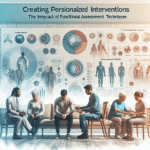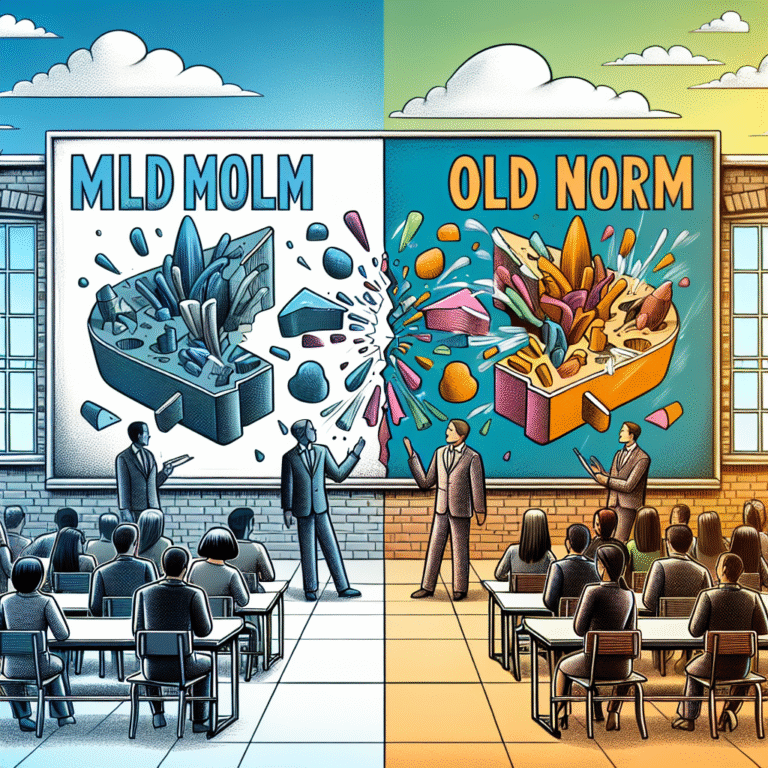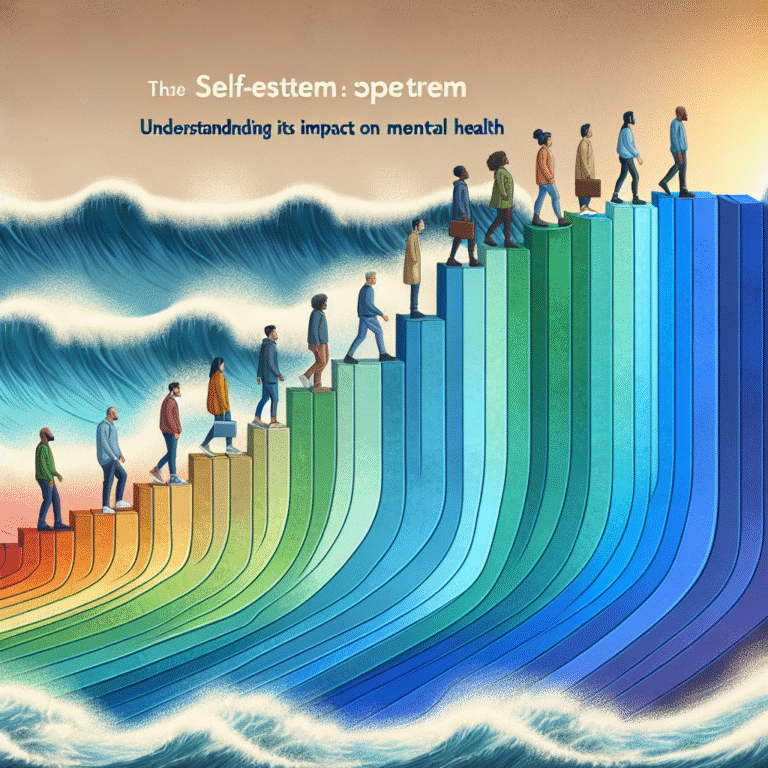
Introduction
Every day, we engage in countless conversations, negotiations, and dialogues without realizing the profound influence we wield through our words. The Power of Persuasion: How to Shift Attitudes through Effective Communication goes beyond mere conversation; it is about shaping perspectives, inspiring action, and fostering connections. In today’s interconnected world, the ability to affect how someone thinks or feels about an issue or idea is not just an asset—it is essential.
From leaders in business to educators, policymakers, and even friends, understanding the mechanics of effective communication can tip the scales in your favor, allowing you to advocate for the changes you believe in. This article delves into the art of persuasion, presenting tools and strategies that can help you shift attitudes and influence others positively.
The Fundamentals of Persuasion
Understanding Persuasion
Persuasion isn’t simply about getting someone to agree with your point of view. The Power of Persuasion: How to Shift Attitudes through Effective Communication revolves around acknowledging the needs and feelings of others, creating a genuine connection, and encouraging an authentic dialogue.
In the realm of psychology, attitude change is often tied to cognitive dissonance theory. This theory posits that when faced with conflicting beliefs or behaviors, individuals experience discomfort, prompting them to adjust their views to align with their actions or vice versa.
The Components of Effective Communication
-
Clarity: Use clear and compelling language with a defined structure. Avoid jargon unless your audience is familiar with it.
-
Empathy: Understanding your audience’s perspective can enhance your message’s receptiveness. Listen actively and validate their feelings.
-
Credibility: Establish yourself as a reliable source by sharing relevant experiences, data, or testimonials that reinforce your argument.
- Emotion: Appeal to your audience’s emotions. Stories evoke feelings that facts alone cannot, making your message resonate on a personal level.
Case Study: The Dove Campaign for Real Beauty
Dove’s Campaign for Real Beauty is a powerful example of shifting attitudes through effective communication. By promoting body positivity and inclusivity, Dove addressed issues of self-esteem and societal standards of beauty. The campaign utilized real women and authentic narratives, fostering an emotional connection with the audience.
Relevance: Dove successfully shifted the perception of beauty through relatable communication, proving that addressing deeper emotional issues can lead to significant change.
Strategies for Shifting Attitudes
Crafting Your Message
When leveraging The Power of Persuasion: How to Shift Attitudes through Effective Communication, your message should be crafted with intention. Here are essential strategies to consider:
-
Social Proof: Highlight testimonials, endorsements, or case studies that showcase positive outcomes. People are more likely to adopt a viewpoint when they see others doing the same.
-
Framing: The way an issue is presented can significantly affect perceptions. Use positive framing when possible. For example, stating “90% of participants improved” is more motivating than “10% did not improve.”
- Reciprocity: People are inclined to return favors. Offer assistance, acknowledgment, or small gifts to create a sense of obligation.
Building Strong Relationships
To effectively shift attitudes, invest in building strong relationships with your audience. Familiarity and trust can enhance your persuasive efforts. Here are ways to cultivate such relationships:
-
Active Listening: Practice attentive listening by responding thoughtfully. This shows respect and enhances connection.
- Open Dialogue: Encourage questions and discussions. A two-way conversation cultivates mutual understanding.
Case Study: TED Talks
TED Talks have revolutionized public speaking and persuasion. Speakers effectively use storytelling, visuals, and relatable experiences to motivate audiences and shift their perspectives on various issues.
Relevance: The success of TED talks lies in their structure and approach, demonstrating the significant impact of engaging communication on fostering new attitudes.
Visual Aids and Communication
The Role of Visuals
Visual aids can reinforce your message when communicating complex ideas. Including images, charts, and infographics helps clarify and substantiate your points, making them more memorable.
| Strategy | Description | Example |
|---|---|---|
| Infographics | Visual representation of data and information | Health statistics |
| Diagrams | Visual tools to depict relationships or processes | Organizational structures |
| Videos | Short clips that demonstrate concepts or testimonials | Product demos |
Case Study: The Advertising of Insurance Companies
Insurance companies frequently use visual aids in their advertisements to convey ideas of security and safety. For example, an ad depicting a family enjoying life, with the assurance that they have protection due to their insurance, evokes a sense of peace.
Relevance: The visual presentation enhances trust and reassures viewers, showcasing the power of visual communication in persuasion.
Overcoming Resistance
Anticipating Objections
When attempting to shift attitudes, recognizing and addressing objections can fortify your position. Approach resistance collaboratively; invite input and seek common ground.
-
Empathize with Resistance: Validate concerns rather than dismissing them outright.
- Present Counterarguments: Offer well-researched responses that respectfully challenge misconceptions.
Utilizing the Principle of Consistency
People value consistency in their beliefs and actions. By identifying areas where your audience’s existing attitudes align with your message, you can create a bridge for attitude shift.
Case Study: Behavioral Change Programs
Programs designed to promote healthier lifestyle choices often leverage small commitments (e.g., signing a pledge) to encourage larger behavioral shifts. By making a small commitment, individuals are more likely to align their actions with this new identity.
Relevance: This study exemplifies how understanding psychological principles can lead to effective communication strategies that shift attitudes over time.
Conclusion
The journey through The Power of Persuasion: How to Shift Attitudes through Effective Communication reveals that the ability to influence others is a potent skill applicable in myriad contexts—from personal relationships to professional environments. By employing strategies such as empathy, clarity, credibility, and social proof, you can foster dialogue that challenges and reshapes perceptions.
Actionable insights, grounded in the principles of effective communication, show us that we can all be agents of change. Whether you are advocating for a cause, pitching an idea, or fostering understanding in your community, remember that persuasion is both an art and a science. Embrace it to make a lasting impact.
FAQs
1. What is the simplest way to persuade someone?
The simplest way is to establish rapport and show understanding of their perspective while providing clear, relatable examples of how your viewpoint can benefit them.
2. How can storytelling aid in persuasion?
Storytelling evokes emotions, making your message more relatable and memorable. A well-told story can create strong connections that enhance your persuasive abilities.
3. Can persuasion techniques be misused?
Yes, while persuasion can be a powerful tool for good, it can also be manipulated for harmful purposes. Ethical communication and authenticity are essential to maintain integrity.
4. How do I deal with someone who is resistant to my ideas?
Listen to their concerns attentively, empathize, and address specific objections. Use facts and emotional appeal to offer a fresh perspective and seek common ground.
5. Why is credibility important in persuasion?
Credibility fosters trust, making your audience more willing to accept your views. Revelatory evidence, lived experiences, and qualifications can enhance your perceived authority on the topic.
With these insights, you are now equipped to wield the genuine Power of Persuasion: How to Shift Attitudes through Effective Communication effectively and ethically. Go forth and inspire change!
















